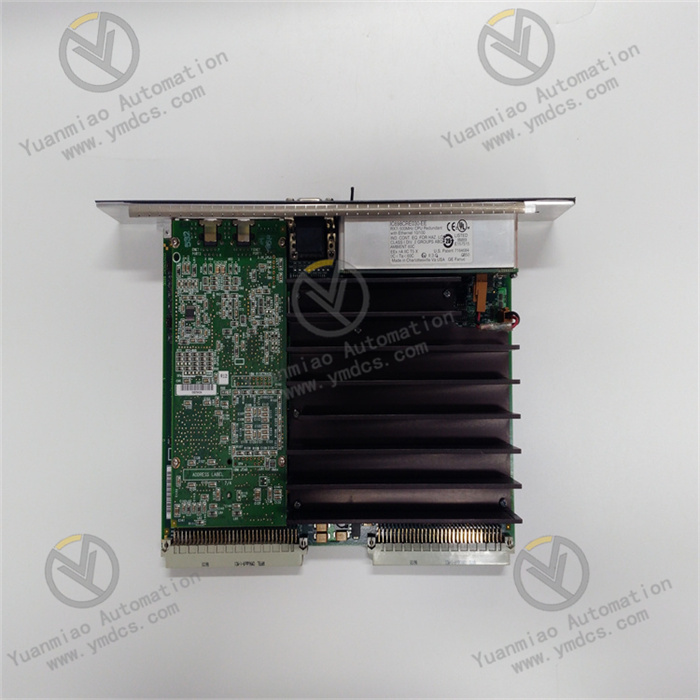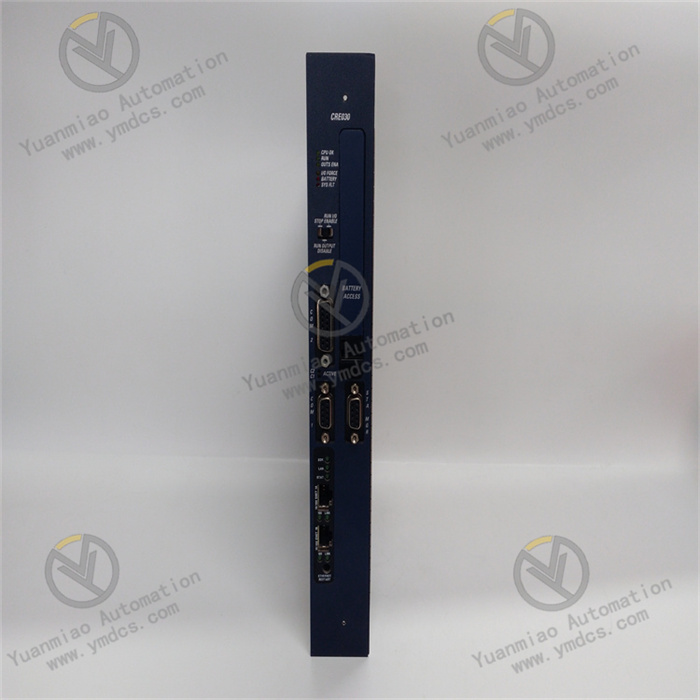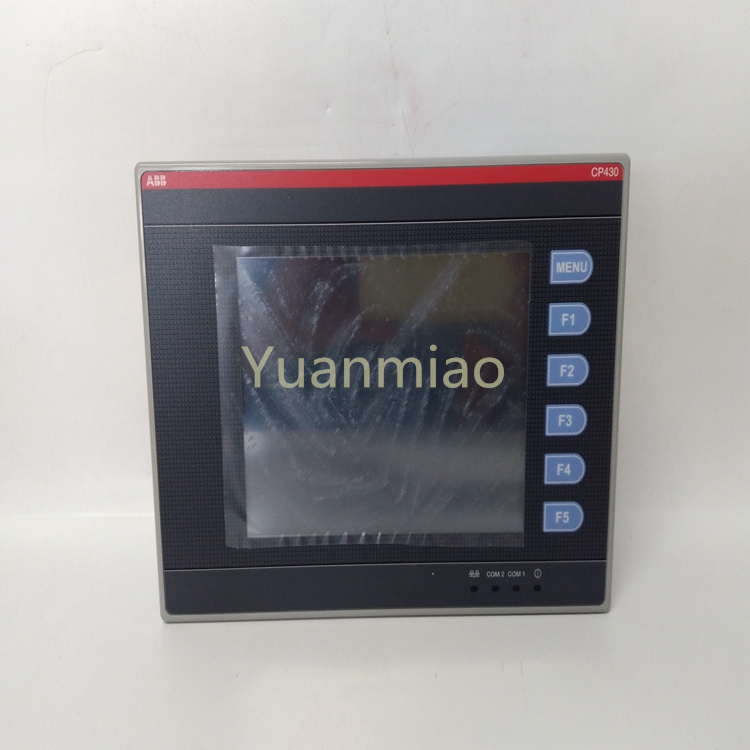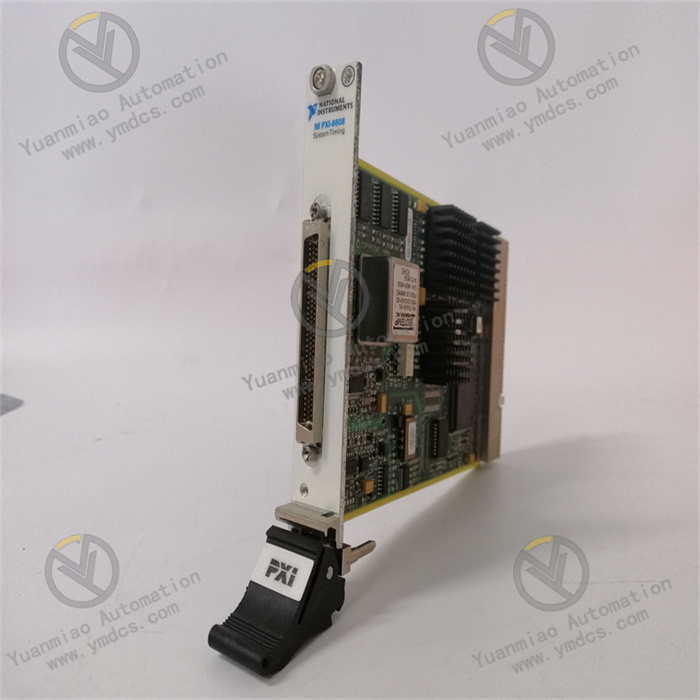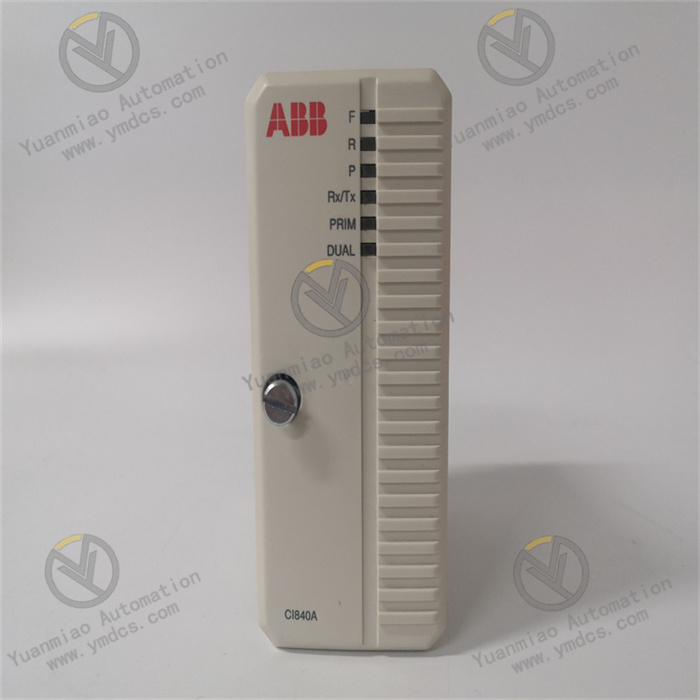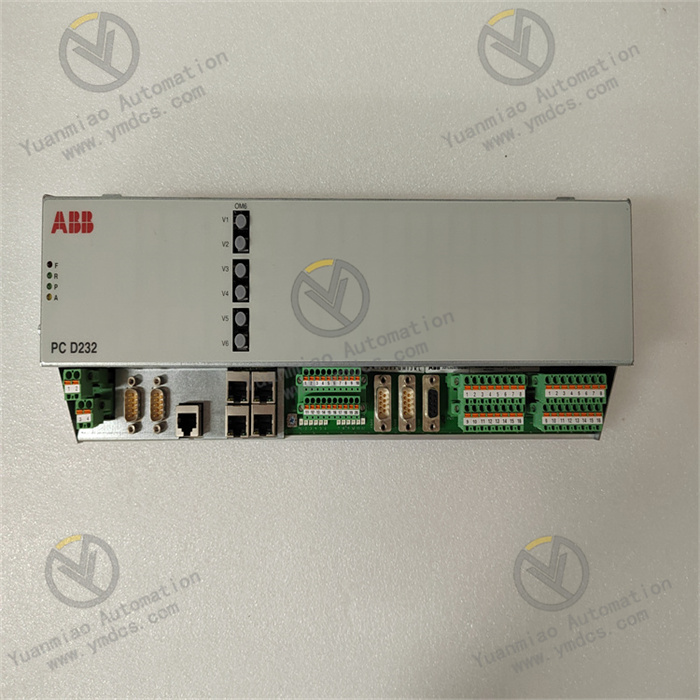Description
GE IC695CPE310-ACAT
I. Overview
This product is tailored for scenarios requiring large-scale discrete manufacturing, continuous process control, hybrid control, and high reliability. Its core function is to run pre-set control programs to realize real-time collection and high-speed arithmetic processing of massive input signals from industrial sites (such as multi-channel sensors, high-precision encoders, and flowmeter signals), and accurately output control commands to drive actuators (such as servo motors, control valves, industrial robots, etc.). This enables automated control, real-time monitoring, fault diagnosis, and intelligent adjustment of complex production processes. It is compatible with the full range of I/O modules (digital input/output, analog input/output, high-speed counting modules, motion control modules, etc.), communication modules, and redundant power modules of the GE IC695 series. Widely used in key industrial fields including metallurgical steel rolling production lines, petrochemical refining equipment, auxiliary control systems for power generation units, rail transit signal control devices, and large-scale automobile assembly lines, it can perform ultra-high-precision and high-redundancy control tasks in harsh industrial environments such as high temperature, high vibration, and strong electromagnetic interference.
II. Technical Parameters
III. Functional Features
1. Multi-Core High-Speed Computing for Ultra-Complex Control Tasks
The IC695CPE310-ACAT is equipped with a 32-bit multi-core embedded RISC processor with a clock speed of up to 1GHz. Combined with 64MB program memory and 128MB dynamically expandable data memory, it boasts industry-leading computing and processing capabilities. The execution speed of basic logic instructions is ≤0.08μs per unit, and even for complex instructions such as multi-variable PID and model predictive control, the execution speed is ≤5μs per unit, enabling rapid processing of large-scale, high-density I/O data collection and control command output. For example, in a metallurgical steel rolling production line, the system needs to simultaneously process 500 channels of digital input signals (such as roll position sensors and steel plate thickness detection signals), 100 channels of analog input signals (such as rolling force, temperature, and pressure detection signals), and 300 channels of digital output signals (such as roll gap adjustment of rolling mills and start-stop control of conveyor belts). This controller can complete a full cycle of "collection-computing-output" within 5ms, ensuring that the thickness deviation of steel plates during the rolling process is controlled within ±0.01mm.
This controller supports 16-level task priority scheduling and multi-task parallel processing, enabling precise allocation of system resources based on the real-time requirements of control scenarios. For instance, in petrochemical refining equipment, "coordinated control of reactor pressure and temperature" is set as the highest-priority task to ensure millisecond-level response; non-real-time tasks such as "production batch data recording" and "equipment status inspection" are set as low-priority tasks and executed in parallel during intervals of core control tasks. This not only ensures the stability of key processes but also realizes full-process data management. Meanwhile, the controller has 512 built-in PID loops, supporting PID parameter auto-tuning and multi-variable coupling control, which can automatically adapt to the dynamic characteristics of different controlled objects and solve the problem of multi-variable coupling interference. In the auxiliary control system of large-scale power generation units, the controller can simultaneously perform coordinated control of three coupled variables (boiler water level, steam pressure, and flue gas oxygen content), controlling the steam pressure fluctuation range within ±0.05MPa, which is far better than the control effect of traditional single-variable PID. In addition, the controller supports 2MHz high-speed counting and pulse output functions. When combined with the built-in position control module, it can directly parse G-code to drive high-precision equipment such as industrial robots and servo presses, realizing complex trajectory control and meeting the needs of high-end manufacturing scenarios.
2. Full-Protocol Communication Compatibility for Global Intelligent Interconnection
The IC695CPE310-ACAT integrates dual EtherNet/IP, PROFINET, Modbus TCP, RS485, and optional fiber optic communication interfaces, forming a full-scenario communication architecture of "wired + fiber optic" and "high-speed Ethernet + serial communication". This enables seamless interconnection with upper computers, distributed controllers, intelligent instruments, industrial robots, and cloud platforms. Among them, the dual EtherNet/IP interfaces support CIP Sync precise time synchronization (IEEE 1588 PTP V2) with a synchronization accuracy of ≤500ns, enabling millisecond-level coordination of distributed control across multiple controllers. For example, in a large-scale automobile assembly line, 8 IC695CPE310-ACAT controllers respectively control processes such as welding, gluing, assembly, and inspection. After realizing time synchronization and data interaction through dual EtherNet/IP, the action deviation of each process is ≤1ms, significantly improving the accuracy and production efficiency of vehicle assembly.
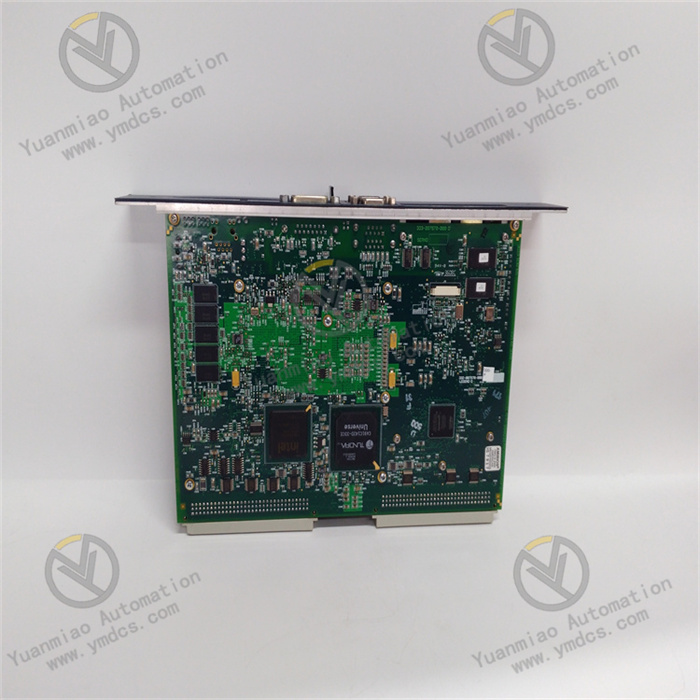
The PROFINET interface supports IRT real-time communication (cycle ≤500μs) and PROFIsafe safety communication (response time ≤100μs), making it suitable for scenarios with extremely high requirements for real-time performance and safety, such as rail transit signal control and chemical explosion-proof area control. It also supports Device Level Ring (DLR) and network redundancy functions, with a ring network recovery time of ≤3ms. Even if a communication link is interrupted, it can quickly switch to a backup link to ensure communication continuity. In the cold rolling workshop of a steel plant, for 20 control nodes connected via a PROFINET ring network, even if the cable of a node is damaged, the system can resume communication within 3ms, avoiding production interruptions. The Modbus TCP and RS485 interfaces facilitate the adaptation of old equipment, allowing direct access to traditional devices such as flowmeters and pressure gauges that use Modbus RTU and DNP3.0 protocols without the need for additional protocol conversion modules, reducing system upgrade costs. The optional fiber optic communication interface supports long-distance transmission of 20km and has strong anti-electromagnetic interference capabilities, making it suitable for scenarios with strong electromagnetic interference or long-distance transmission such as mines and metallurgy, solving the problem of signal attenuation in traditional cable transmission.
In the construction of smart factories and industrial internet, this controller can realize physical isolation between "control network and information network" through dual EtherNet/IP interfaces, ensuring both real-time transmission of control signals and secure upload of production data. It can achieve cross-brand collaborative control with industrial robots and frequency converters from brands such as Siemens and KUKA via PROFINET to form flexible production lines. It can access smart electricity meters and energy efficiency monitoring modules via Modbus TCP to realize real-time collection and analysis of energy consumption. It can transmit equipment data from remote areas to the central control room via fiber optic interfaces for centralized management. For example, a petrochemical enterprise has built a four-level architecture of "on-site equipment - controller - edge computing node - cloud platform" using this controller. The controller uploads real-time production data to the edge node for preprocessing, which is then uploaded to the cloud platform for big data analysis and predictive maintenance. This enables early warning of equipment failures and reduces equipment downtime by more than 30%. In addition, the controller is equipped with comprehensive network security functions, effectively preventing unauthorized access and data tampering through mechanisms such as IPsec/SSL encrypted communication and access control, complying with the IEC 62443-4-2 industrial information security standard and ensuring data security in industrial internet scenarios.
3. Redundant and Reliable Design for Extreme Industrial Working Conditions
The IC695CPE310-ACAT adopts an industrial-grade enhanced hardware design and redundant architecture, featuring excellent environmental adaptability and reliability, and can operate stably in extreme industrial environments. In terms of temperature adaptability, the controller has an operating temperature range of -25℃ to 75℃. It uses military-grade electronic components with a wide temperature range, an aluminum alloy housing with efficient heat conduction, and an intelligent cooling fan. Even in outdoor control cabinets in northern winter (-25℃) or high-temperature workshops in southern summer (75℃), it can still maintain stable computing performance. When starting at a low temperature of -25℃, the controller can complete initialization and enter the operating state within 5s through the built-in preheating module, with no startup delay or program abnormalities.


